Oxygen-Deprived Dwarf Galaxy Located In Constellation Lynx Is A Record-Breaker
MessageToEagle.com – A newly discovered dwarf galaxy in the constellation Lynx creates for astronomers new possibilities for better understanding chemistry of the early universe, its formation and evolution.
The dwarf galaxy, dubbed J0811+4730, is located 620 million light years away, in the constellation Lynx. It is the most oxygen-deprived star-forming yet discovered by astronomers.
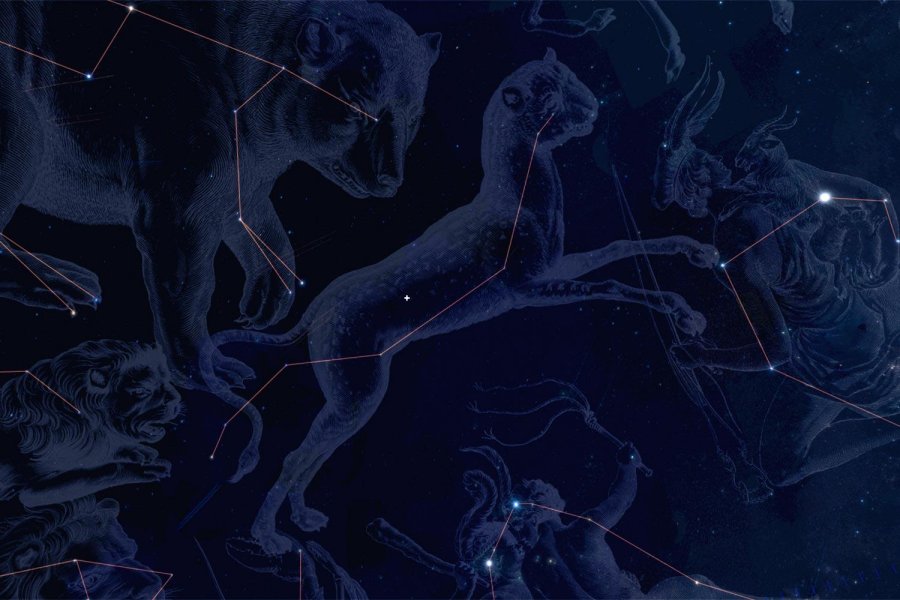
J0811+4730: the most metal-poor star-forming dwarf galaxy known, write researchers in their study.
Using the powerful Large Binocular Telescope in Arizona, astronomers found that J0811+4730, is a record-breaker: It has 9 percent less oxygen than any other so far discovered.
“We found that a considerable fraction of the stellar mass of the galaxy was formed only a few million years ago, making this one of the best counterparts we’ve found of primordial galaxies,” said UVA astronomer Trinh Thuan, one of the study’s authors in a press release.
“Because of its extremely low oxygen level, this galaxy serves as an accessible proxy for star-forming galaxies that came together within one to two billion years after the Big Bang, the early period of our nearly 14 billion-year-old universe.”
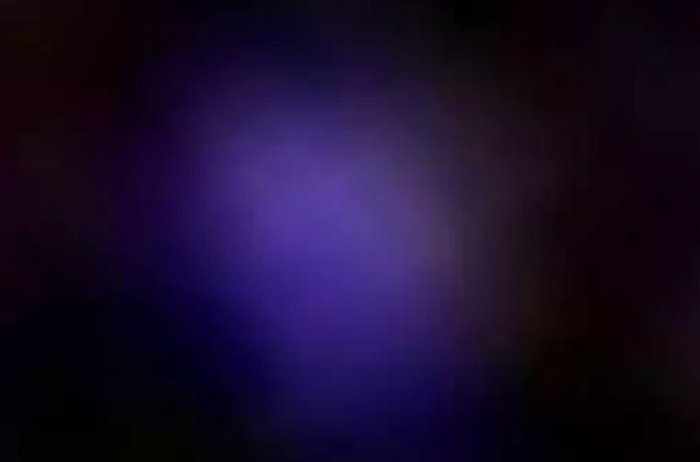
Astronomers know that the first galaxies during their forming stages were chemically simple – primarily made up of hydrogen and helium, elements made in the Big Bang during the first three minutes of the universe’s existence. Oxygen came later, as massive stars formed and made heavier and more complex elements by nuclear fusion in their interiors and also in their explosive deaths, ultimately creating a universe of countless oxygen-rich galaxies like our Milky Way.
Thuan said the data indicates that the tiny galaxy is rapidly producing new stars at a quarter of the rate of the Milky Way – yet its mass in stars is 30,000 times smaller.
Eighty percent of its stellar mass has formed in just the past few million years, marking this as an exceptionally young galaxy, producing copious amounts of ionizing radiation.
Research is published in the journal Monthly Notices of the Royal Astronomical Society.
MessageToEagle.com
Expand for referencesReferences:
Related Posts
-
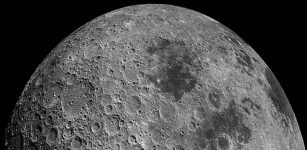 What Lies Beneath The Far Side Of The Moon?
No Comments | Aug 10, 2021
What Lies Beneath The Far Side Of The Moon?
No Comments | Aug 10, 2021 -
 Tylos In The Constellation Puppis: First 3D Observations Of Exoplanet’s Unique Climate
No Comments | Feb 27, 2025
Tylos In The Constellation Puppis: First 3D Observations Of Exoplanet’s Unique Climate
No Comments | Feb 27, 2025 -
 Space Dust As Earth’s Sun Shield
No Comments | Feb 9, 2023
Space Dust As Earth’s Sun Shield
No Comments | Feb 9, 2023 -
 Mystery Of Famed Brown Dwarf Solved
No Comments | Oct 18, 2024
Mystery Of Famed Brown Dwarf Solved
No Comments | Oct 18, 2024 -
 What If Extraterrestrial Observers Called, But Nobody Heard? – Researchers Ask
No Comments | Mar 2, 2016
What If Extraterrestrial Observers Called, But Nobody Heard? – Researchers Ask
No Comments | Mar 2, 2016 -
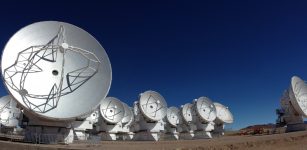 Will Earth Still Exist 5 Billion Years From Now?
No Comments | Dec 22, 2016
Will Earth Still Exist 5 Billion Years From Now?
No Comments | Dec 22, 2016 -
 Small Helicopter Will Travel To Red Planet With Mars 2020 Rover Mission
No Comments | May 13, 2018
Small Helicopter Will Travel To Red Planet With Mars 2020 Rover Mission
No Comments | May 13, 2018 -
 LOFAR Radio Telescope Reveals Secrets Of Solar Storms
No Comments | Mar 1, 2019
LOFAR Radio Telescope Reveals Secrets Of Solar Storms
No Comments | Mar 1, 2019 -
 NASA’s Cassini Spacecraft Has Begun Transmitting Latest Images Of Saturn’s Icy Moon – Enceladus
No Comments | Nov 1, 2015
NASA’s Cassini Spacecraft Has Begun Transmitting Latest Images Of Saturn’s Icy Moon – Enceladus
No Comments | Nov 1, 2015 -
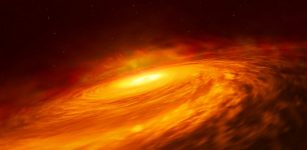 Celestial Conundrum: Black Hole Disk Around Spiral Galaxy NGC 3147 Should Not Exist!
No Comments | Jul 15, 2019
Celestial Conundrum: Black Hole Disk Around Spiral Galaxy NGC 3147 Should Not Exist!
No Comments | Jul 15, 2019
